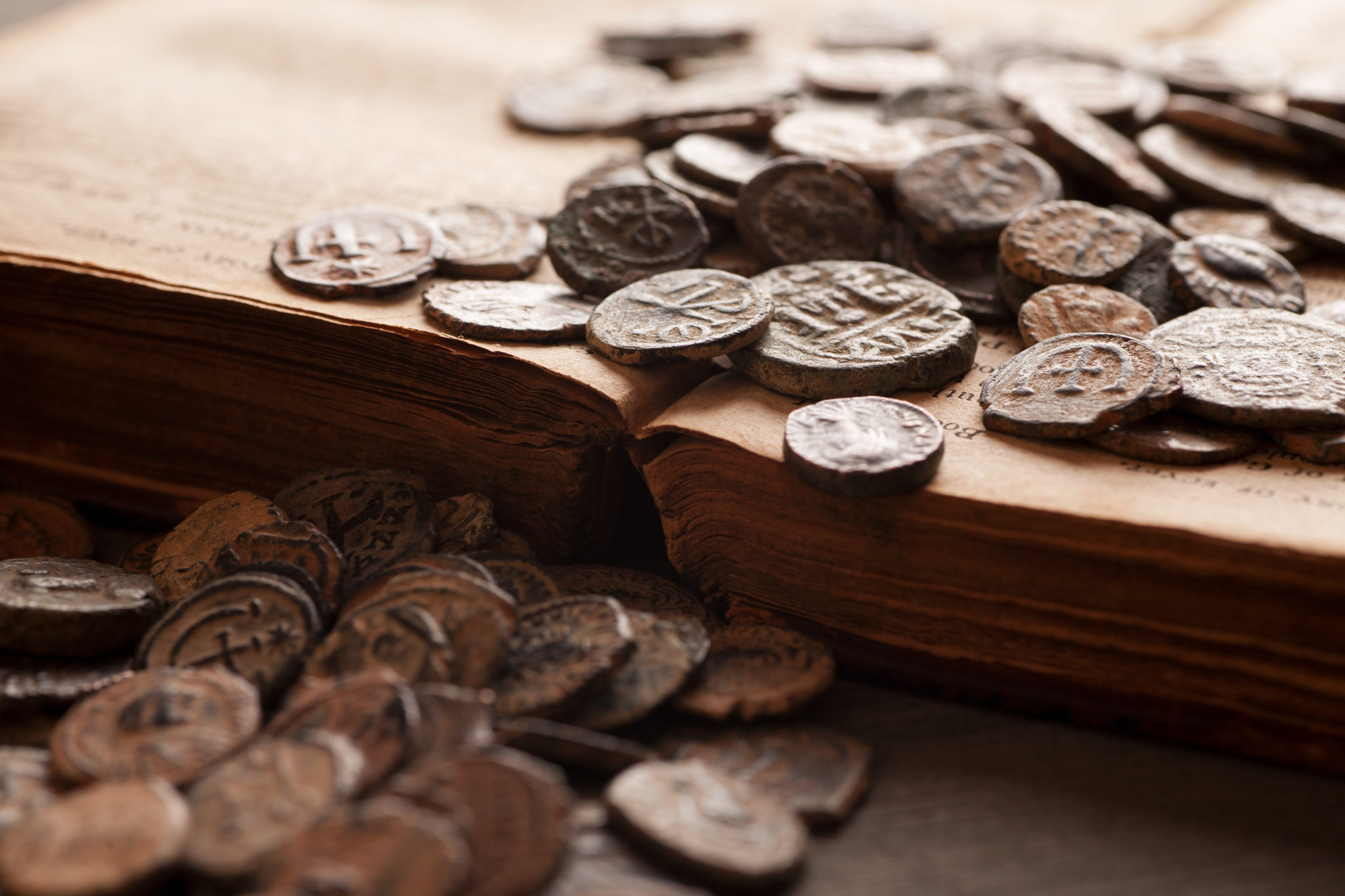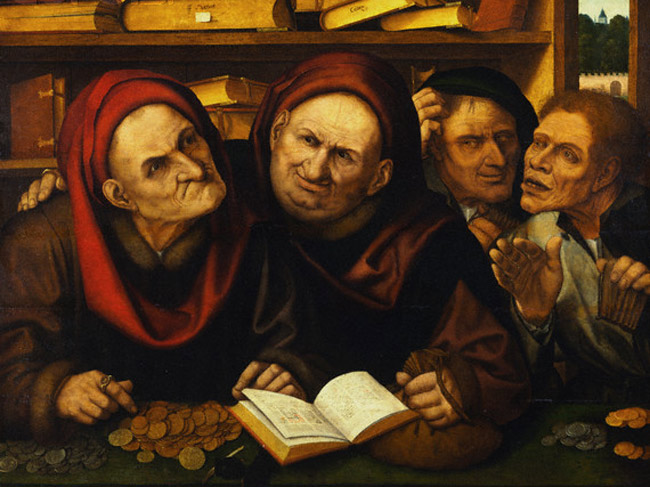History of Economic Crises. Part 1: The First Crises

Today, the economic crisis keeps most entrepreneurs, economists, and politicians awake at night. Meanwhile, we will go back in time in our new series and present to you the history of crises that humanity has experienced in past centuries.
However, it is worth starting by answering a fundamental question: what exactly is an economic crisis? In reality, it is one of the basic economic phenomena. It can take various forms and character, but it always comes down to negative aspects: whether it’s high inflation, a decrease in GDP, a surge in unemployment, or many other market-threatening phenomena.
It may sound trivial, but it is important to remember that behind these types of crises, there are the fearsome Horsemen of the Apocalypse: Famine, Depression, Crime, Bankruptcy, and many other messengers from hell. Although we will try to mention this as often as possible in this series, remember that behind economic data, bars, and charts, there are always ordinary people, just like you and me.
The First Economic Crises
Truth be told, it is impossible to accurately determine when crises began to occur in the economy. Most likely, they started with the emergence of the economy itself. The first ones were probably related to weather conditions. Drought must have been terrifying for early humans as it made it impossible to harvest crops. Ancient civilizations like Egypt and Mesopotamia were always dependent on the floods of great rivers such as the Nile, Euphrates, or Tigris.
Even when humanity began to harness nature, crises still occurred but took on a different form. They were often associated with the excessive growth of the state, as was the case with the Roman Empire. As early as the 2nd century AD, it started to suffer from inflation. The problem intensified in the following centuries and eventually led to the collapse of the empire. The reason? The debasement of money by the rulers who tried to mint as many coins as possible from a limited amount of precious metal. They did all this to finance an excessively expanded state apparatus (including legions guarding the borders).
Ultimately, the fall of the Roman Empire led to a major economic crash. The “global” economy collapsed and fragmented into smaller, local markets, which also served as a prelude to the Middle Ages.
In the Middle Ages, the problem described above recurred. Crises were mainly related to inflation. In Europe, there was a shortage of gold and silver that could be used for coinage. Rulers dealt with the problem in the same way as their Roman predecessors: they added other metals to the coins to such an extent that silver or gold became even scarcer than other components.
The subjects often realized that the coins issued by the court were of poor quality and a) did not want to accept them, b) raised prices. In other words, the less economically savvy kings and princes caused inflation in this way.
Kipper and Wipper
This brings us to the first serious economic crisis, which we will describe in more detail. Interestingly, it is not widely known like others that we will mention in subsequent parts.
The name itself – Kipper and Wipper – comes from German words:
- wippe (German for “scale”),
- gekippt (German for “selecting heavier coins”).
The crisis initially hit the German Empire in the first two decades of the 17th century.
The disgraceful debasement of coins in Germany had a long tradition, but it is believed to have gained strength around 1600. What happened then? Well, the lessees of numerous mints started manipulating the composition of the coins and, for quick profit, began minting them with a small amount of precious metals. They focused on minting so-called “small change” because its production costs were 10% lower than those of thalers.
As if that wasn’t enough, during this period, preparations for the devastating Thirty Years’ War in Europe (which, considering its scale, should be referred to as the actual World War I from a European-centric point of view) began. In any case, at that time, the German Emperor, princes, and even clergy joined in the malpractice.
Coins

Interestingly, initially, poor-quality coins circulated mainly in local markets. However, after some time, it was discovered that it was quite a clever idea to… introduce poor-quality coins across the border into neighboring countries. They would then be exchanged among the common people for local, higher-quality coins and later returned to their homeland, melted down into more bad coins, and the cycle would repeat. The problem was that when a ruler was deceived by neighbors, he defended himself by… issuing even worse coins and doing the same thing to the next neighboring country as the “culprits” did.
All of this went beyond Germany and reached present-day Hungary, the Czech Republic, Poland, and Slovakia. The crisis was only resolved by Ferdinand II’s minting patent in 1622.
However, all of this was to prove to be only a prelude…
To be continued.



![How Bitcoin Becomes a Lifeline for Victims of Repression and Financial Exclusion – Explains Lyudmyla Kozlovska [INTERVIEW]](https://webeconomy.info/wp-content/uploads/2023/10/Ludmila-Kozlowska-1000x500.jpg)


